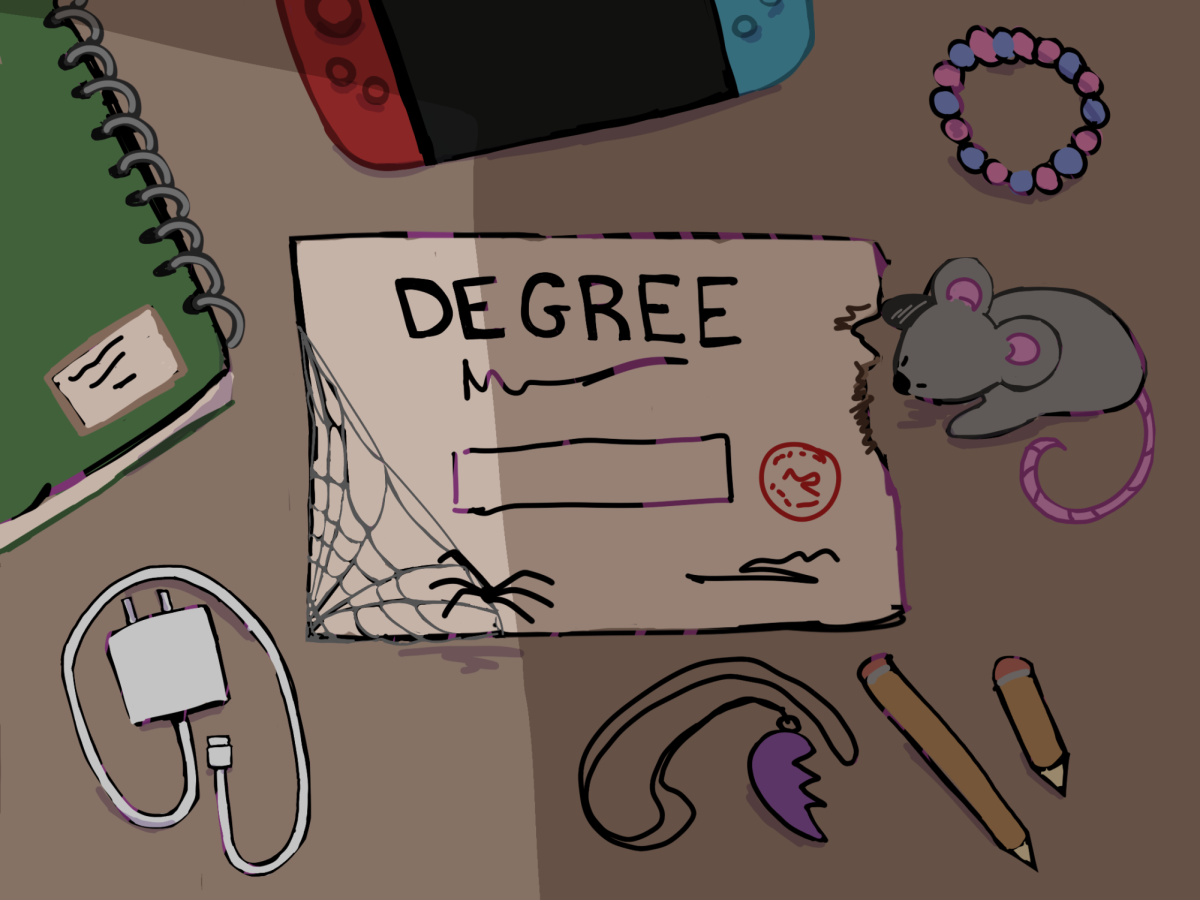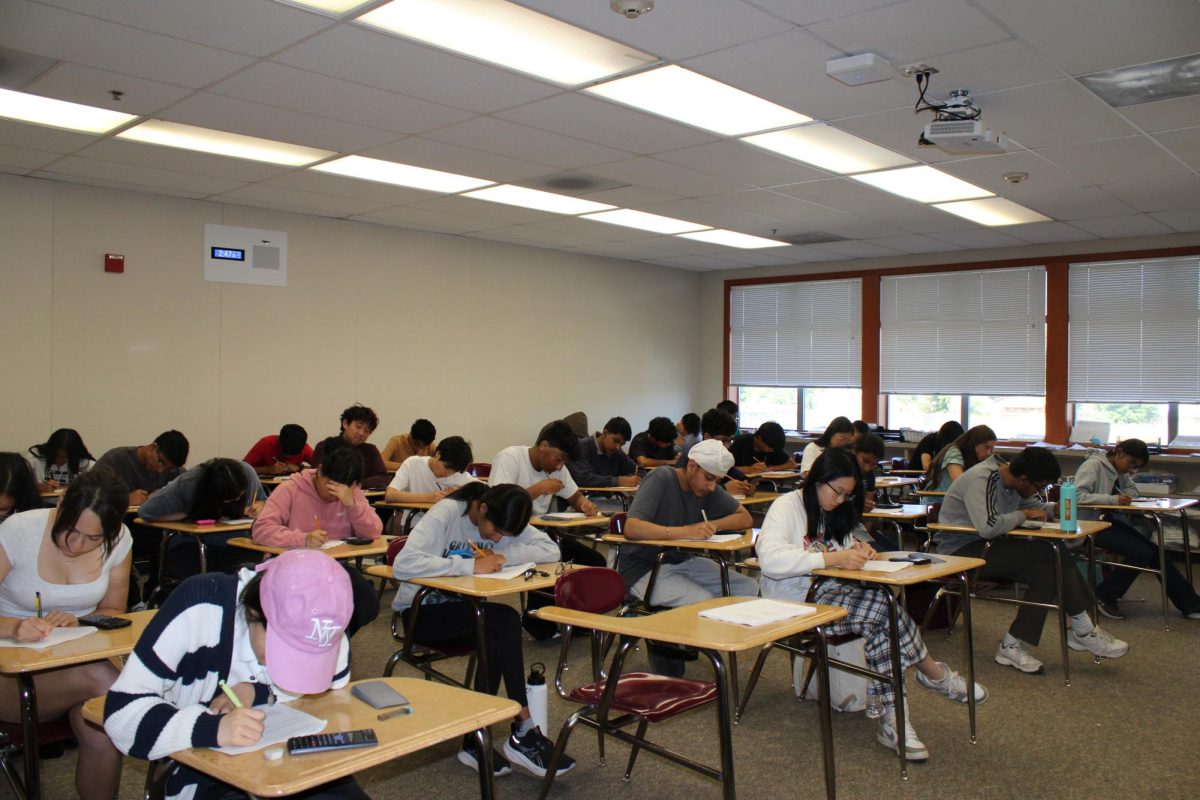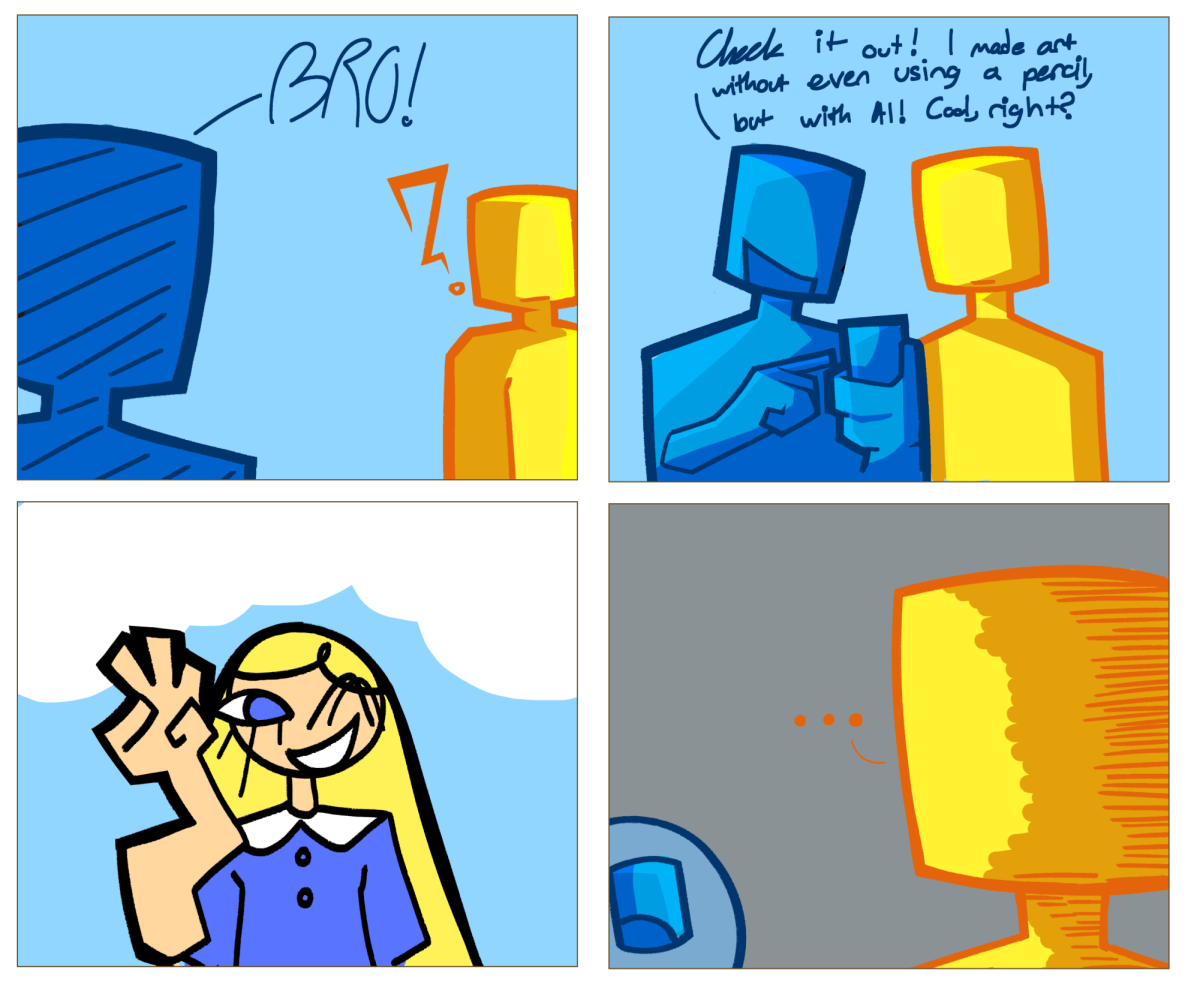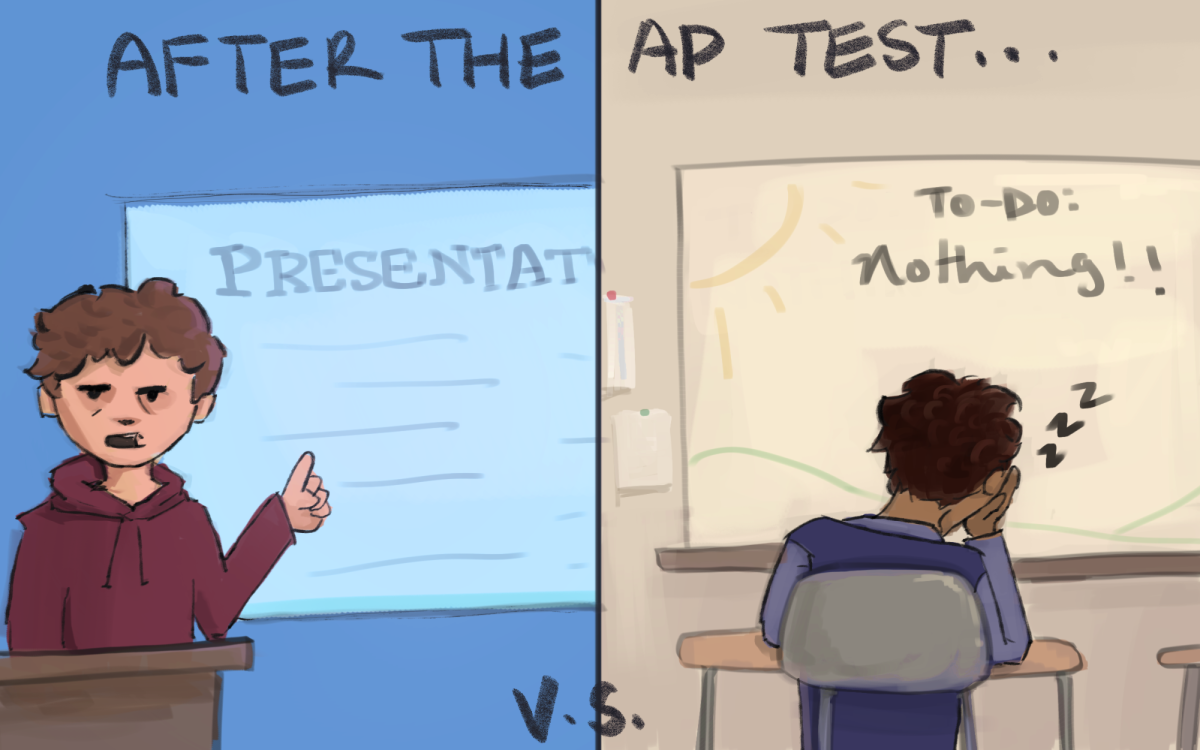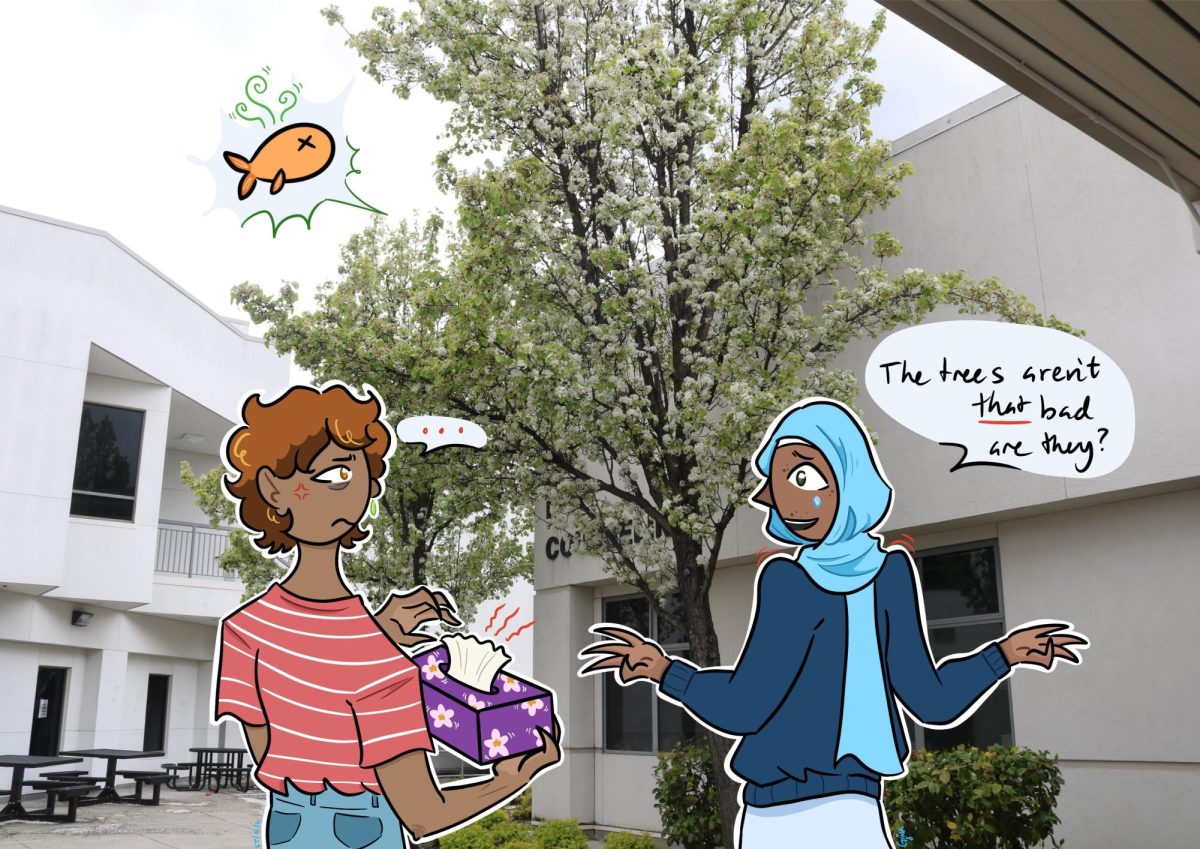Thirteen-year-old Cody Alicea recently rode his bike to Denair Middle School in Sacramento, proudly displaying an American flag on his bike to support the veterans in his family.
But the school forced Cody to remove the flag from his bike. Hispanic students were complaining about Cody’s flag, so the school, fearing racial tension, banned it for Cody’s safety.
Furious public outcry caused the school to reverse its decision.
Banning the flag goes against students’ First Amendment rights, as displaying a flag is a form of symbolic speech.
Symbolic speech, which is any nonverbal gestures or actions conveying a message, is protected under the First Amendment.
This standard was first established in the 1931 Stromberg v. California case when the court allowed Stromberg to display a Communist flag.
The standard was extended to the students in the 1969 case Tinker v. Des Moines, when the court overruled a high school’s suspension of students for wearing black armbands protesting the Vietnam War. The ruling stated a public school couldn’t ban symbolic speech out of fear of a disturbance.
As set by United States v. O’Brien (1968), the government can restrict symbolic speech only if it serves a constitutional government interest that isn’t focused on suppressing symbolic speech.
In O’Brien’s case, he wasn’t allowed to burn draft cards because draft cards provided proper functioning for the military draft system.
Clearly, Cody should be allowed to display his American flag. There is no specific government interest allowing the school to ban his flag. It is only banning the flag out of fear of tension.
Public schools are allowed to show their patriotism by hanging flags inside classrooms and in front of their campus, so it’s hypocritical for Denair Middle School to ban the flag.
If the school was truly worried about Cody’s safety, then they should have removed the students who were threatening to harm Cody.
Therefore, the school was right to reverse the ban on Cody’s flag.
